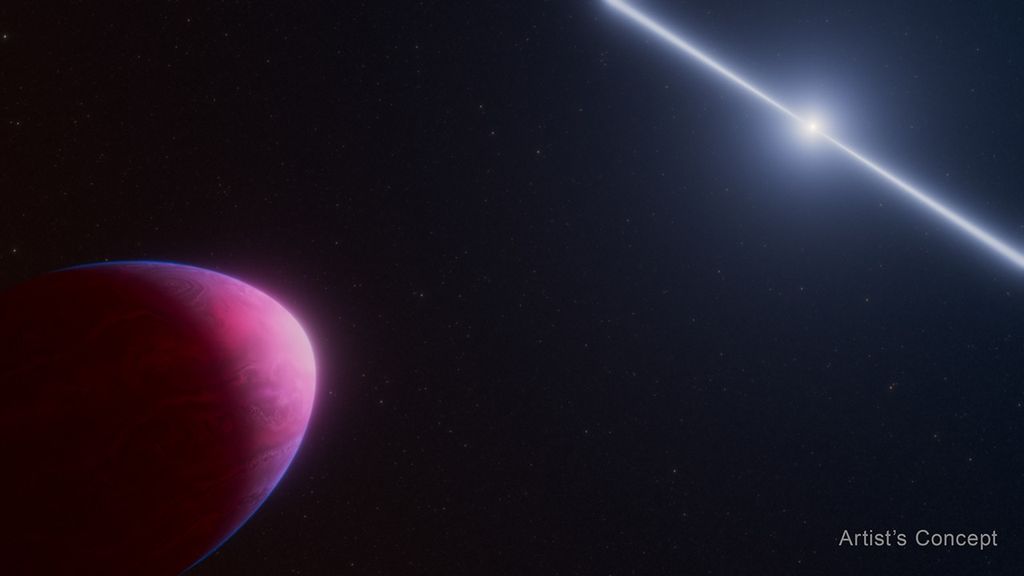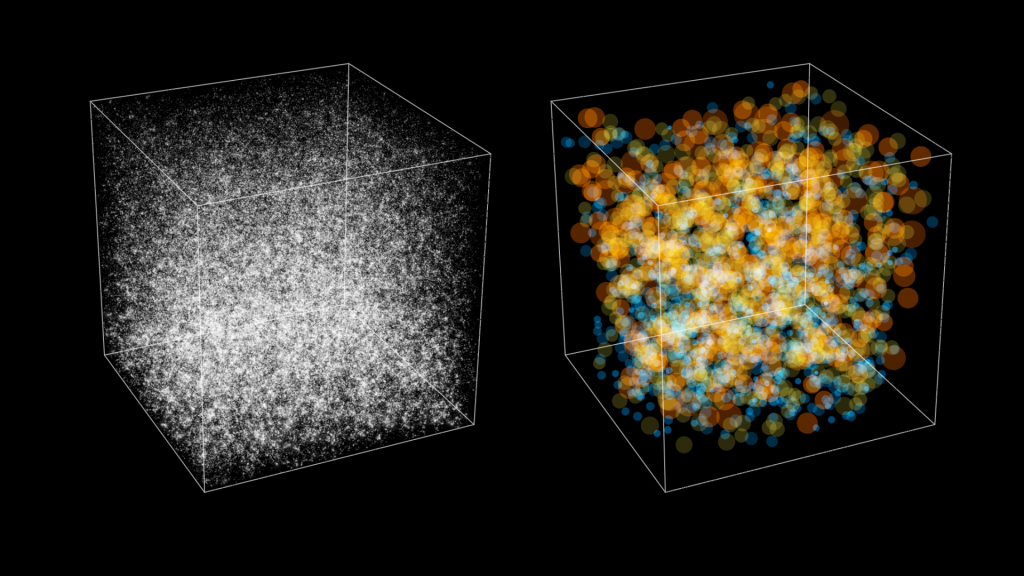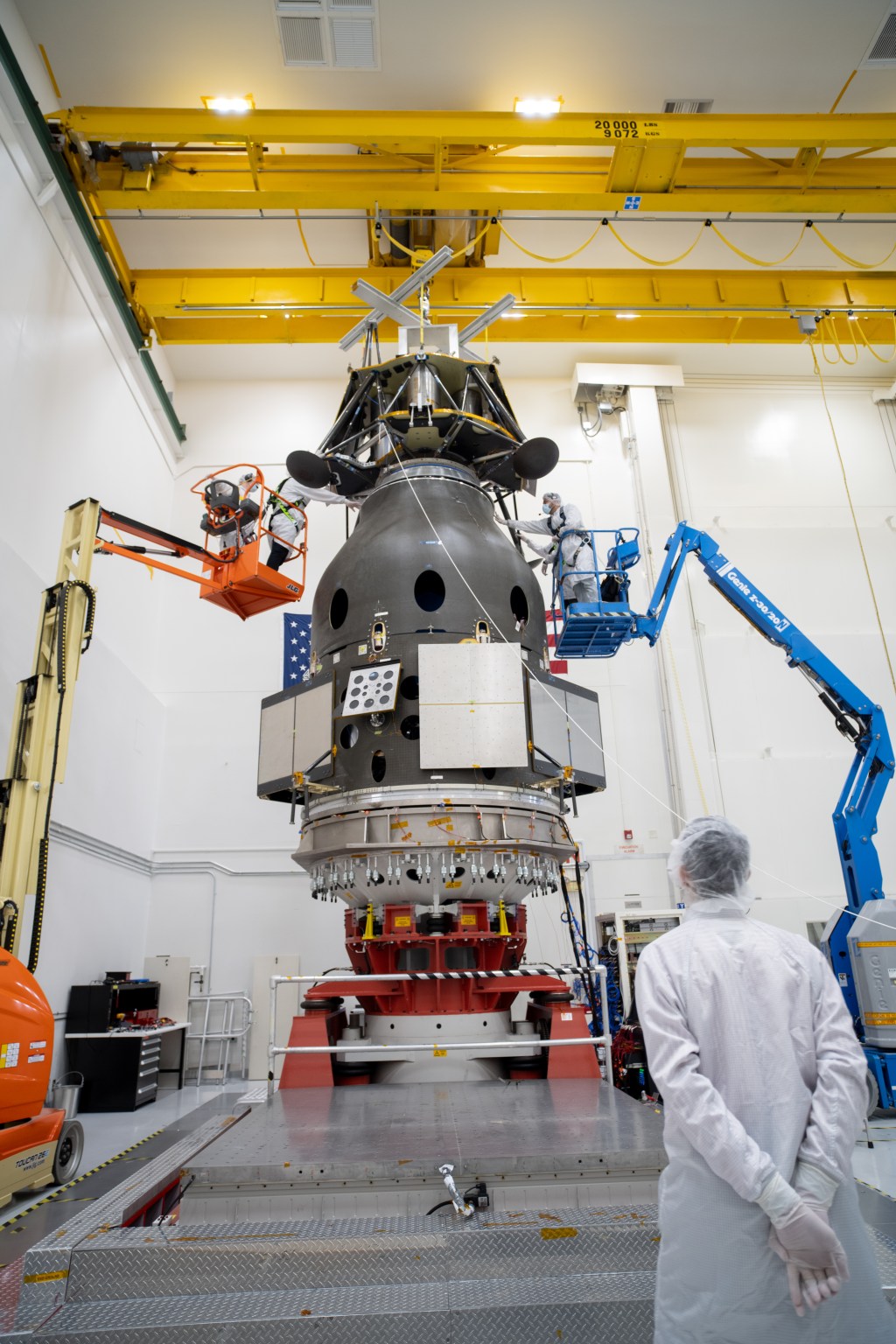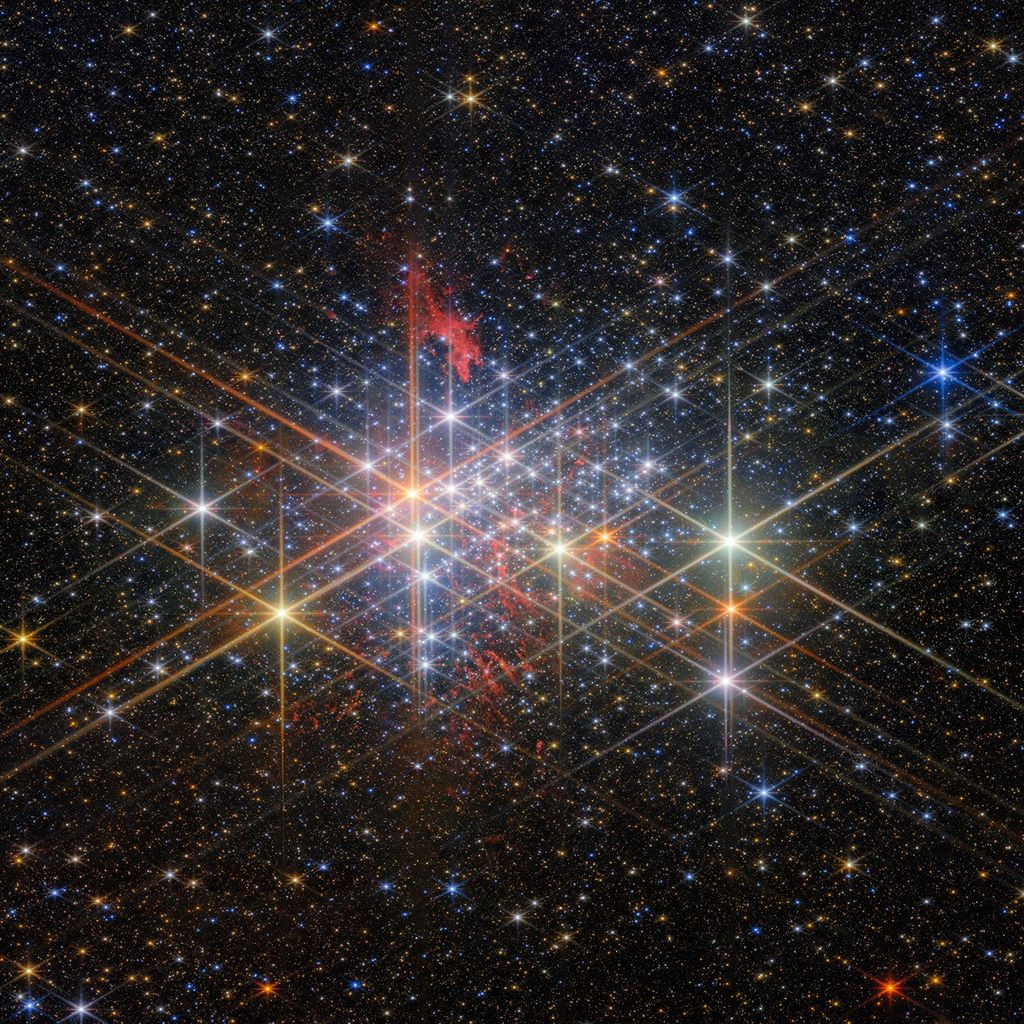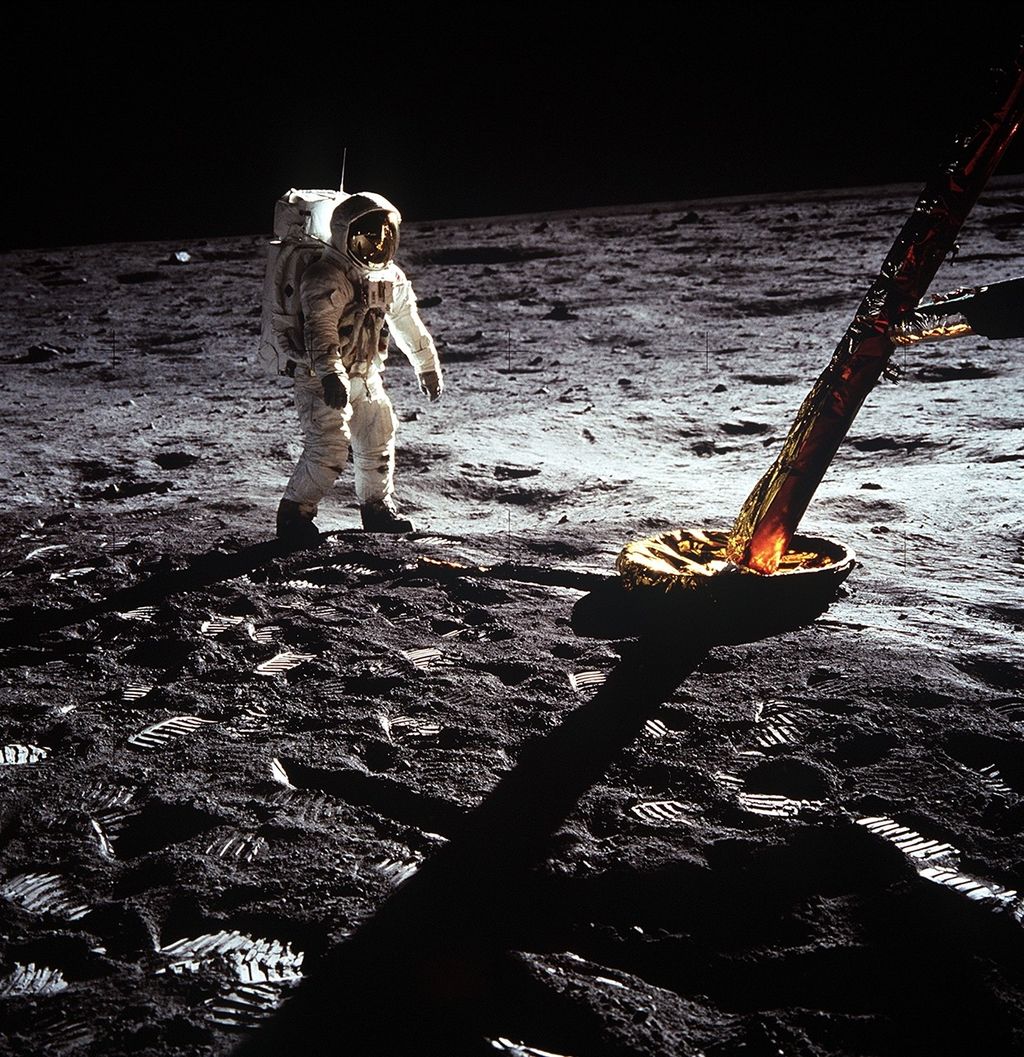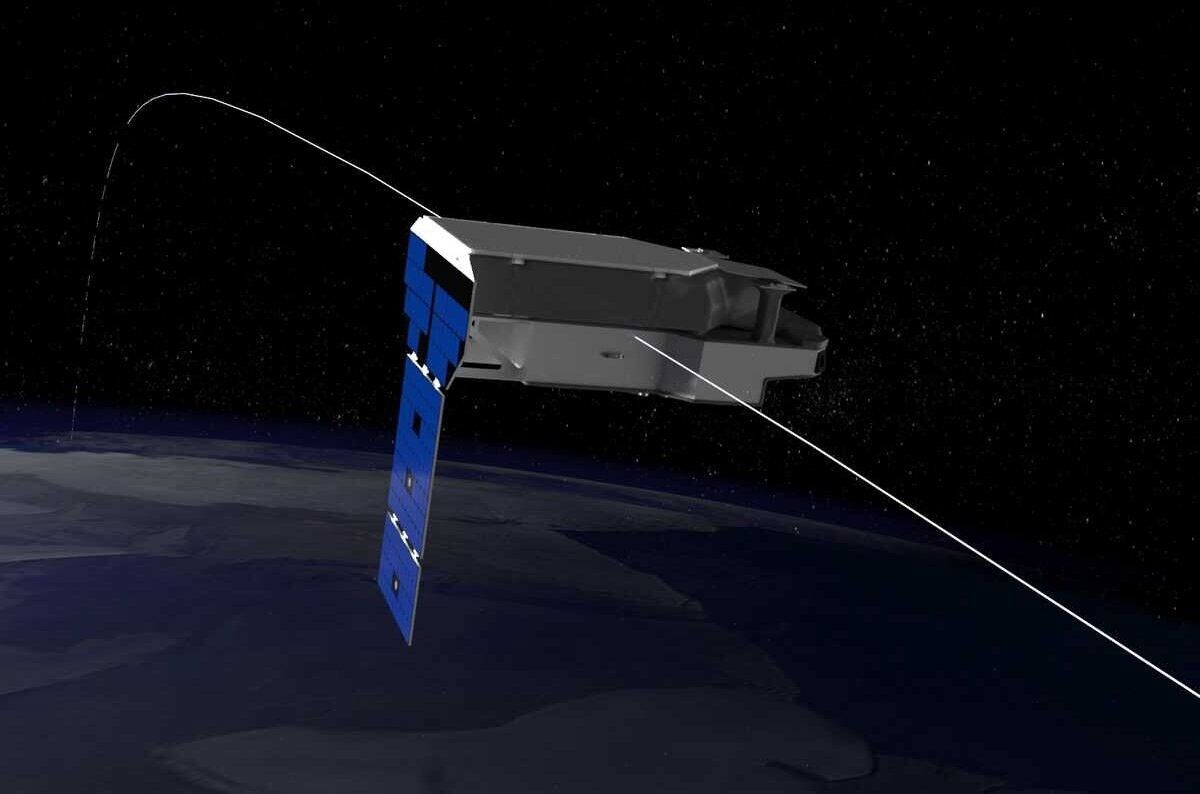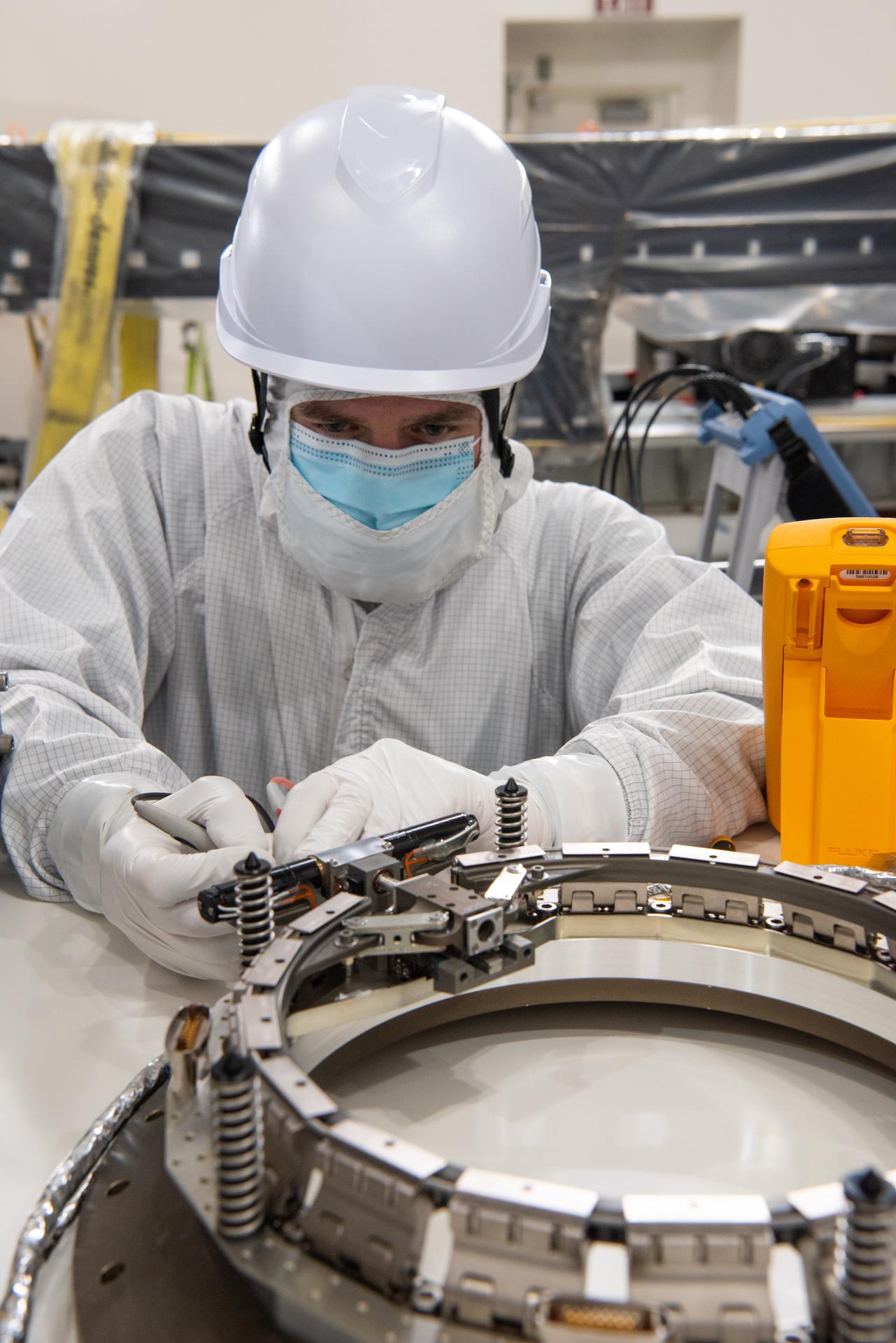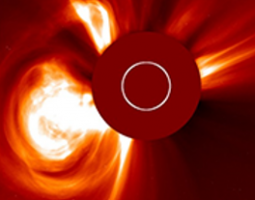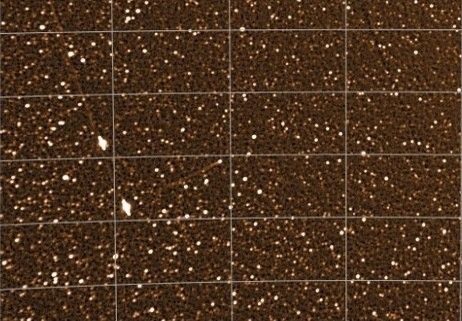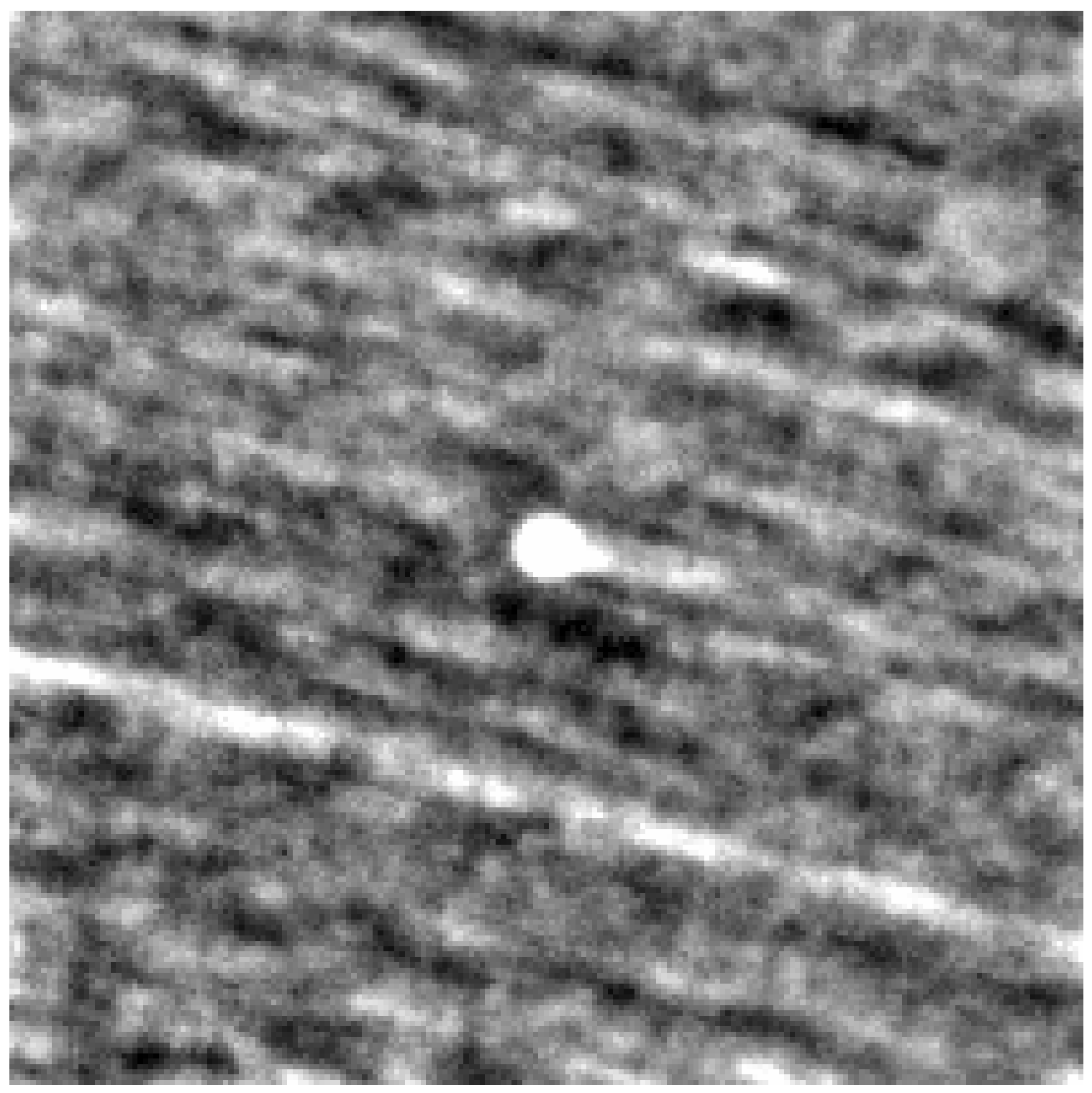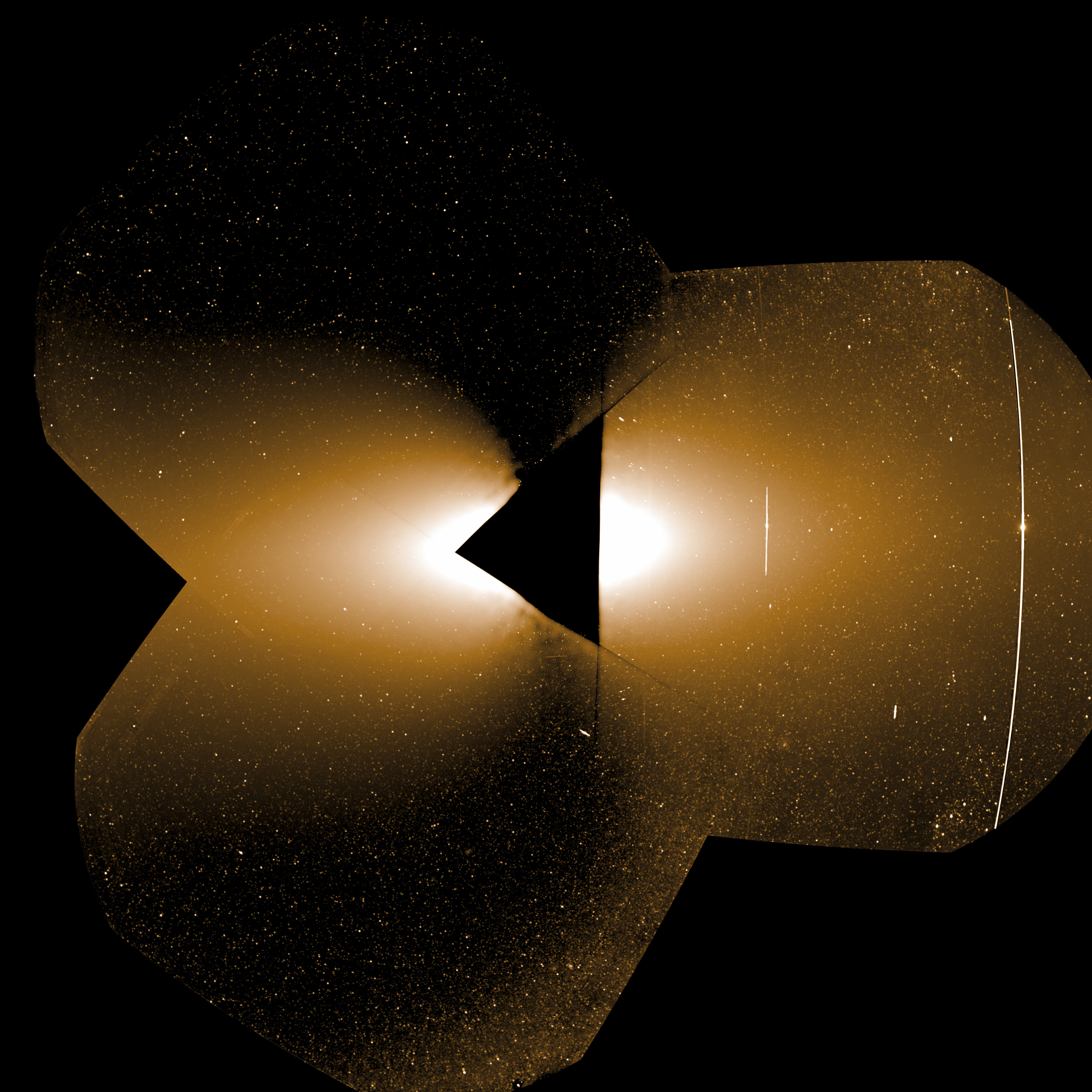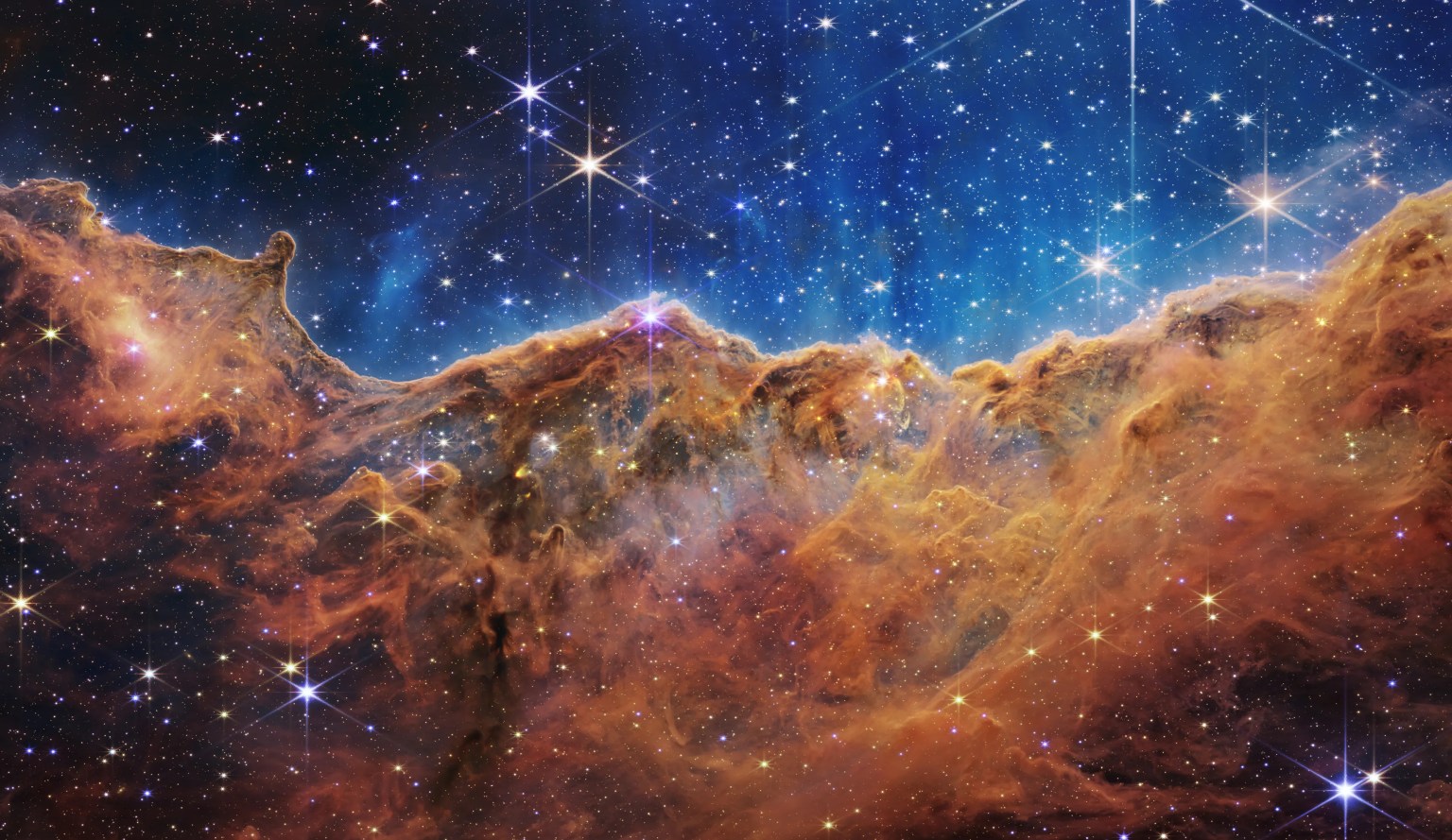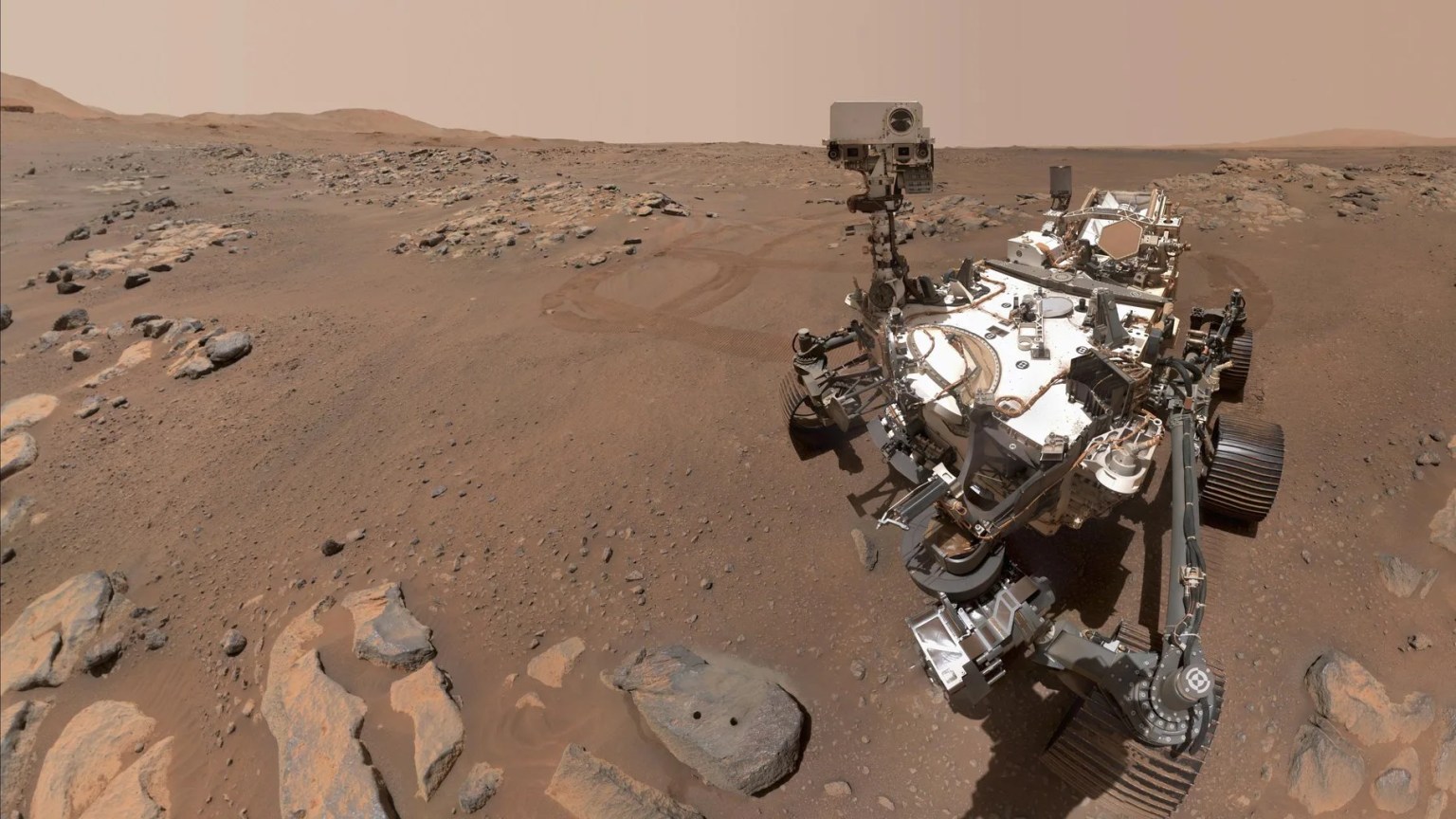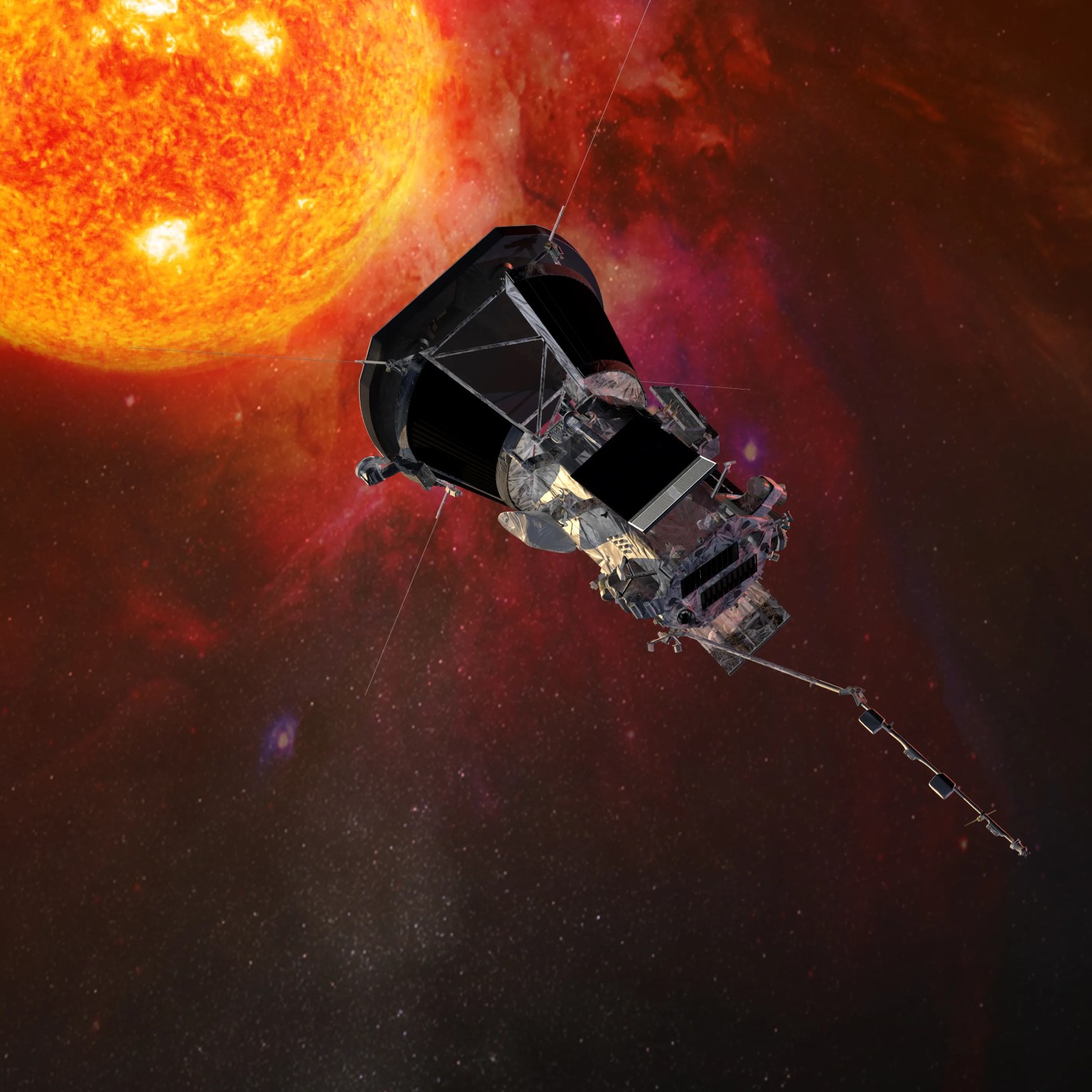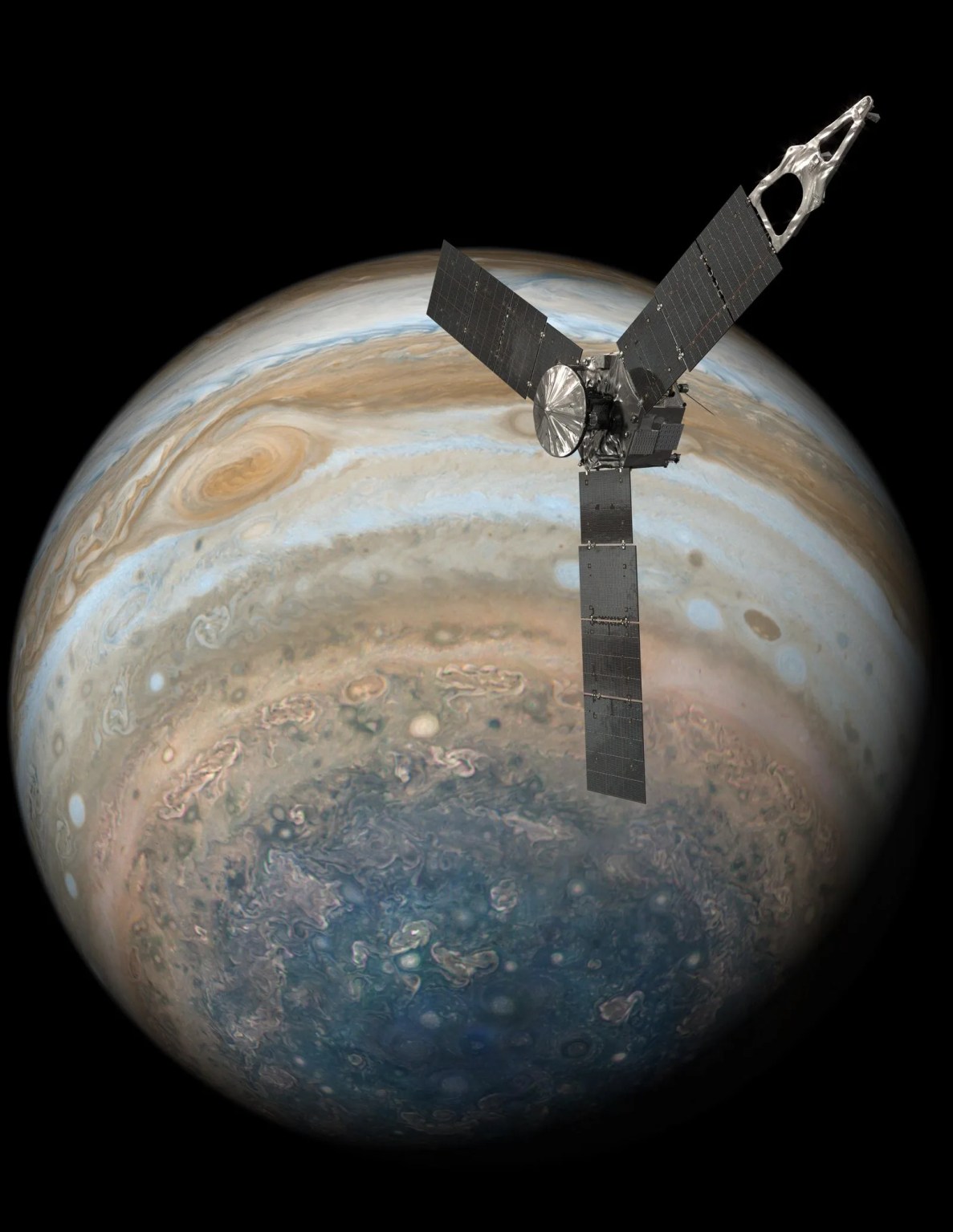PUNCH
Polarimeter to Unify the Corona and Heliosphere

Video credit: NASA’s Goddard Space Flight Center
Producer: Beth Anthony (eMITS)
Key Questions
The PUNCH mission will use four suitcase-sized satellites to observe the Sun and its environment. Working together, the four PUNCH satellites will create a combined field of view and map the region where the Sun’s corona (or outer atmosphere) transitions to the solar wind (the constant outflow of material from the Sun).
The PUNCH mission will answer questions about:
- How the Sun’s atmosphere transitions to the solar wind.
- How structures in the solar wind are created.
- How these processes affect the solar system.
Space Weather Impacts
The solar wind and energetic solar events like flares and coronal mass ejections can create space weather effects throughout the solar system. These phenomena can have a significant impact on human society and technology, from sparking and intensifying auroras to interfering with satellites or triggering power outages.
The measurements from PUNCH will provide scientists with new information about how these potentially disruptive events form and evolve. This could lead to more accurate predictions about the arrival of space weather events at Earth and impact on humanity’s robotic explorers in space.
A New View
The PUNCH mission will view the entire inner solar system continuously, with one camera on each of the four satellites, all acting together as a single “virtual instrument” with a 90° field of view centered on the Sun.
The four PUNCH spacecraft will be in a polar, low Earth orbit and spread out near Earth’s day-night line. This means the satellites will be near the terminator line, which is the area that separates day from night on Earth. This enables each spacecraft to nearly always be in sunlight and to give the spacecraft constellation a clear view in all directions around the Sun.
The PUNCH mission is the first mission specifically designed to make use of the polarization of light to measure the corona and solar wind in 3D. When particles, such as electrons, scatter sunlight, the waves of light become aligned in a particular way — this is polarized light. PUNCH will measure the light using polarizing filters similar to polarizing sunglasses, allowing scientists to make a 3D map of features PUNCH sees throughout the corona and inner solar system. Because PUNCH has more sensitive cameras and a wider field of view than previous pathfinder instruments, it will provide greater detail and a deeper understanding of the solar wind than ever before.


